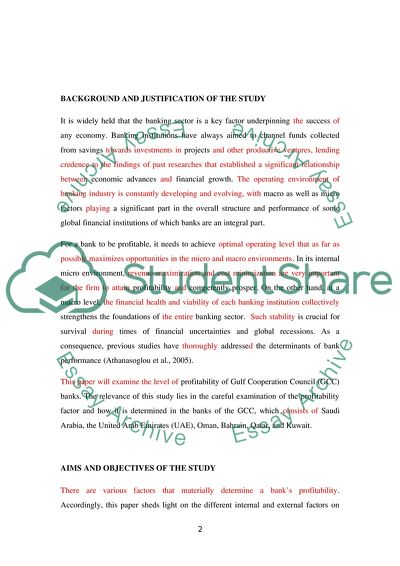Cite this document
(The Level of Profitability of Gulf Cooperation Council Banks Case Study, n.d.)
The Level of Profitability of Gulf Cooperation Council Banks Case Study. https://studentshare.org/finance-accounting/1733528-dessertion-and-edited
The Level of Profitability of Gulf Cooperation Council Banks Case Study. https://studentshare.org/finance-accounting/1733528-dessertion-and-edited
(The Level of Profitability of Gulf Cooperation Council Banks Case Study)
The Level of Profitability of Gulf Cooperation Council Banks Case Study. https://studentshare.org/finance-accounting/1733528-dessertion-and-edited.
The Level of Profitability of Gulf Cooperation Council Banks Case Study. https://studentshare.org/finance-accounting/1733528-dessertion-and-edited.
“The Level of Profitability of Gulf Cooperation Council Banks Case Study”. https://studentshare.org/finance-accounting/1733528-dessertion-and-edited.


